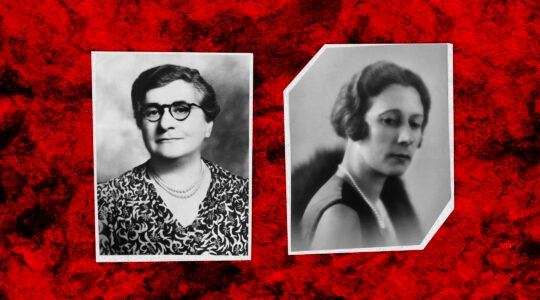Mark Landler and Jodi Rudoren at the New York Times ask a question that’s been puzzling Israeli journalists and analysts for weeks: With Egyptians rioting and Syria getting only bloodier, why is the U.S. secretary of state focusing on Israel and the Palestinians?
Even if John Kerry succeeds in the apparently herculean task of getting Bibi Netanyahu and Mahmoud Abbas in the same room, few people here seem to have much faith that Kerry’s shuttle diplomacy will lead to any kind of meaningful progress — let alone a conflict-ending agreement.
The Times calls the conflict a “sideshow in a Middle East consumed by sectarian strife, economic misery and, in Egypt, a democratically elected leader fighting for legitimacy with many of his people.”
The authors suggest two reasons why Kerry’s spending his energy — and America’s political clout — in Jerusalem and Ramallah. It’s the only place where he may be able to exercise real influence, and the chaos next door could make Netanyahu and Abbas more amenable to resolving the conflict.
In the end, though, the Israeli-Palestinian conflict has become “one headache among many.” More unstable and more lethal conflicts are going on to the north and south.
Still, journalists refer to the Middle East peace process as pertaining solely to Israelis and Palestinians. Two decades ago, when the region’s most prominent fighting happened between Israelis and Palestinians, that expression made sense. Now though, Israelis and Palestinians are engaged in something of a cold war. The real heat is being felt elsewhere. If Kerry is truly interested in Mideast peace, that’s where he might begin. But after two-and-a-half years of bloody upheaval across the Arab world, peace looks a long way off – even if Kerry succeeds.
JTA has documented Jewish history in real-time for over a century. Keep our journalism strong by joining us in supporting independent, award-winning reporting.





